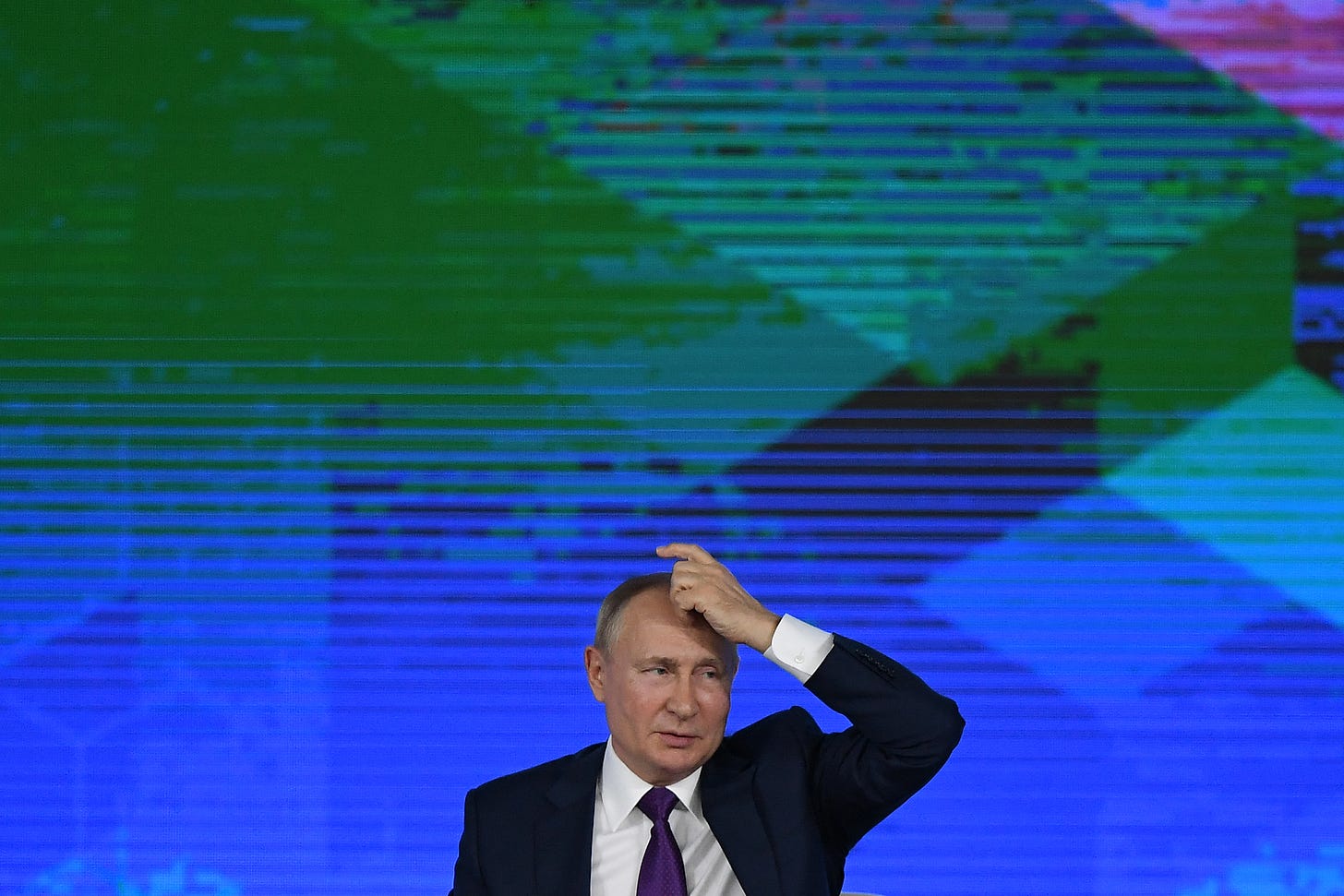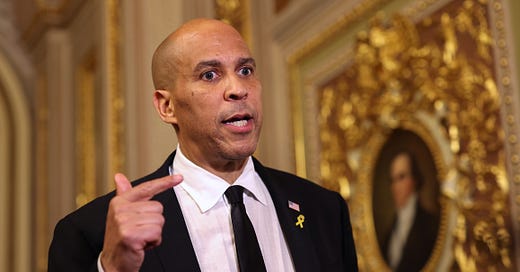It Might Not Be Too Late to Deter Putin
Defensive military deployments on NATO’s eastern flank could change the Russian autocrat’s mind about invading Ukraine.

There are innumerable causes of the current conflict between Russia and Ukraine, which threatens to escalate dramatically as Russia amasses over 100,000 troops on the border. They range from claims based on events that took place centuries ago to the consequences of more recent decisions, but key to the context is this: The United States and NATO are living up to their commitments; Russia is not.
In December, Russia demanded not only that NATO drop its promise to expand to Ukraine (something that NATO has repeatedly declined to implement, much to Ukraine’s chagrin), but also that NATO withdraw all military infrastructure from member states that joined the alliance after May 1997. Those member states include Poland, Estonia, Latvia, and Lithuania, which all joined NATO after 1997 and border Russia.
But there is no substantial and permanent NATO infrastructure in these states. In Article IV of the NATO-Russia Founding Act of May 1997, the alliance unilaterally pledged, “in the current and foreseeable security environment,” not to permanently station “substantial combat forces” on the territory of new members in Eastern Europe.
NATO has kept its pledge. After Russian forces seized Crimea and invaded eastern Ukraine in 2014, NATO members responded by rotating American and other member-state forces through Poland and the Baltic states, thereby deterring Russian aggression against the alliance, while abiding by the 1997 agreement and not stationing them there permanently. By contrast, Russia refuses to carry out its obligations under other agreements: It announced it was pulling out of the Treaty on Conventional Forces in Europe in 2007, and no longer abides by the Vienna Document, an OSCE agreement that requires signatories to allow inspections of and provide information about large troop movements and exercises. Dismissing NATO’s longstanding pledge not to establish permanent bases in Eastern Europe, Russia claims NATO has destabilized the security environment there by taking in new members—even though Russia signed several agreements recognizing each state’s right to choose its own alliances.
Putin sees Article IV of the NATO-Russia Founding Act, and the West’s failure to punish Russia for violating arms control agreements, as a green light for the dangerous moves we’re seeing now. NATO’s refusal to station more forces in Eastern Europe weakens the concept of integrated and equal security on which the alliance is based and has the effect of making Poland and the Baltic states second-class members, to which Putin is quite amenable. His long game is to evict the United States from Europe, and preventing moves to the east is an important step.
Contrary to what the Kremlin claims (and what some in Europe and North America insist), it is not NATO but Russia’s breathtaking military buildup that has destabilized the region. As a result, the “current and foreseeable” security situation of 1997 no longer exists. The United States should respond to Russia’s destabilization by deploying defensive infrastructure, particularly air defenses, to its eastern flank, now—not after Russia starts a new offensive. The United States cannot change Putin’s calculations with threatening rhetoric. Only deeds—especially defensive military moves—can do that. Defensive installations, like Patriot anti-aircraft missile batteries, would be welcomed by NATO members in Eastern Europe; Poland even requested more forces when the Russian buildup began in November. The alliance has not responded with the kind of substantial forces needed, presumably in part because of Article IV of the Founding Act.
The Biden administration deserves high marks for refusing to negotiate away the right of Ukraine to choose its own security arrangements, and for putting 8,500 U.S. troops on high alert and uniting the transatlantic community behind a set of punitive sanctions in case Russia renews its invasion of Ukraine.
But the approach has two flaws: It tries to substitute economic power for military power, and it is too reactive. The moves the United States and its allies are contemplating are mostly economic, but the threat of sanctions will not deter Russia, which already has the means to counter them. Because of rising oil prices, Russia’s war chest, its sovereign wealth fund, has tripled in value to nearly $200 billion—money that could be used to blunt the cost of sanctions to the Russian economy. The possibility of a clash with all of NATO—whose combined economic and military strength is far greater than Russia’s—has a better chance of successfully deterring Putin from giving the order to invade.
The time to establish deterrence is before the new offensive, not after. The American and allied response should not be conditioned on a Russian offensive, but should respond to the massing of troops. Failure to meet the threat is an invitation to future aggression. Ideally, any moves into Poland and the Baltics should be done by NATO rapid response forces. But it is highly unlikely that Germany and others would agree to that before an invasion. So it would be up to the United States to move defensive forces into the alliance’s front-line states now, and make it clear they will be withdrawn if and only if Russia’s troops and materiel return to their bases of origin. Such a move would not only emphasize that NATO is as committed to the defense of its east as it is to its west, but would also give the alliance something concrete to negotiate with—we withdraw if you withdraw.
The United States is right to return to the Cold War strategy of deterrence. But it should also employ the strategy of linkage—the idea of matching strength for strength. This is language Putin understands. For 44 years, the United States protected Europe from Russian (Soviet) aggression using both strategies together. It can again.









